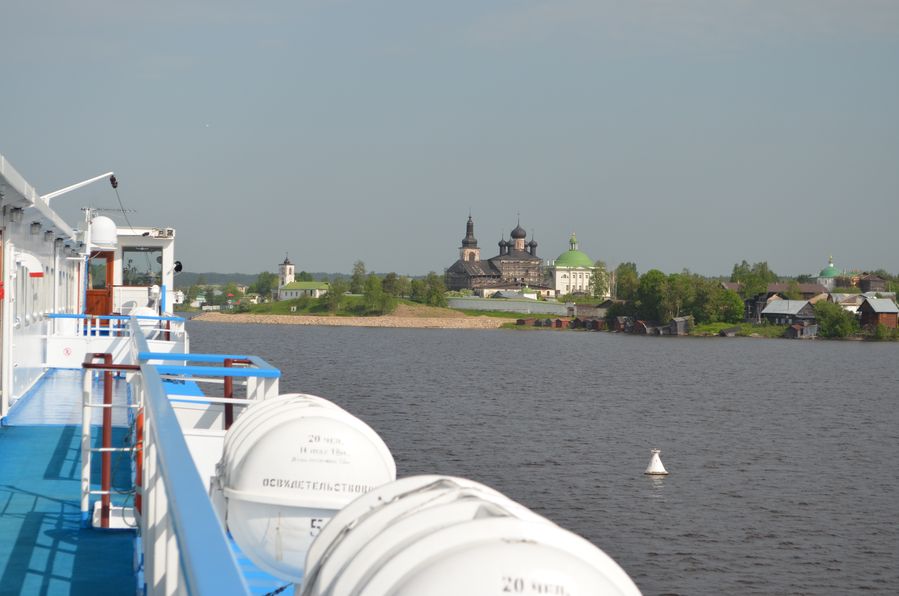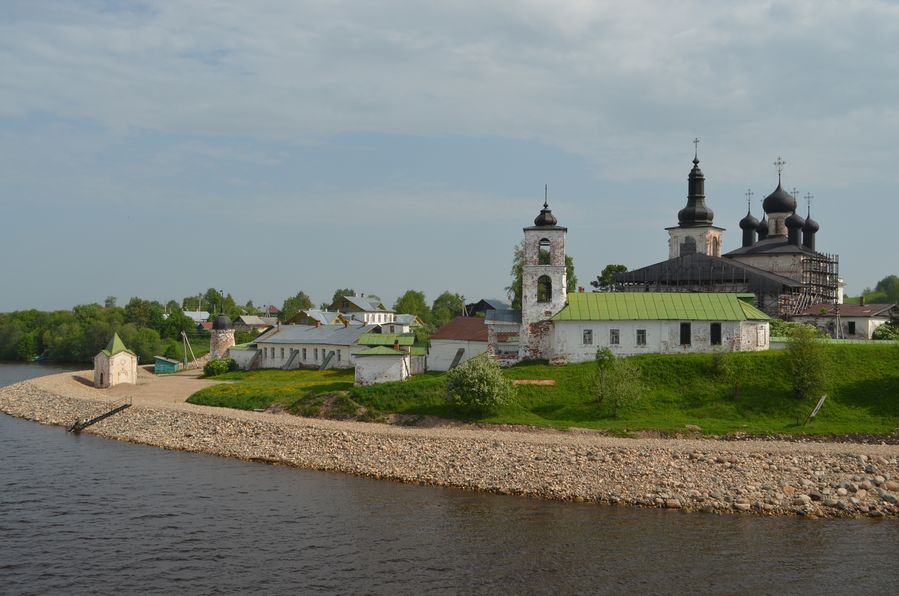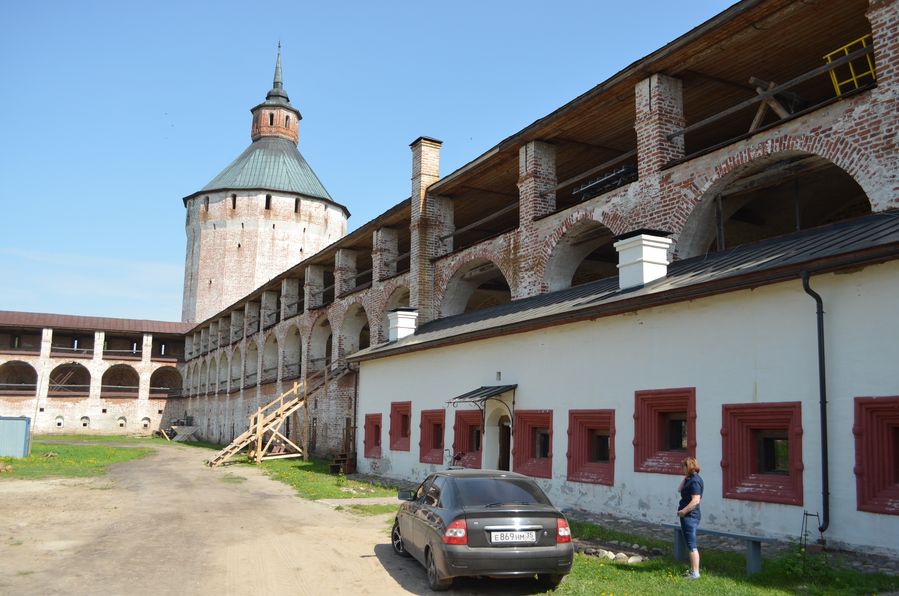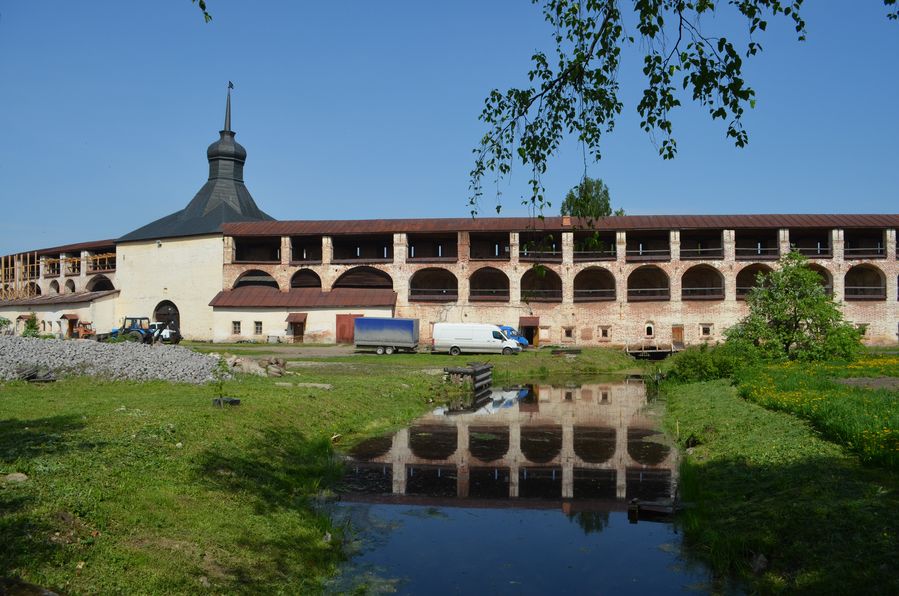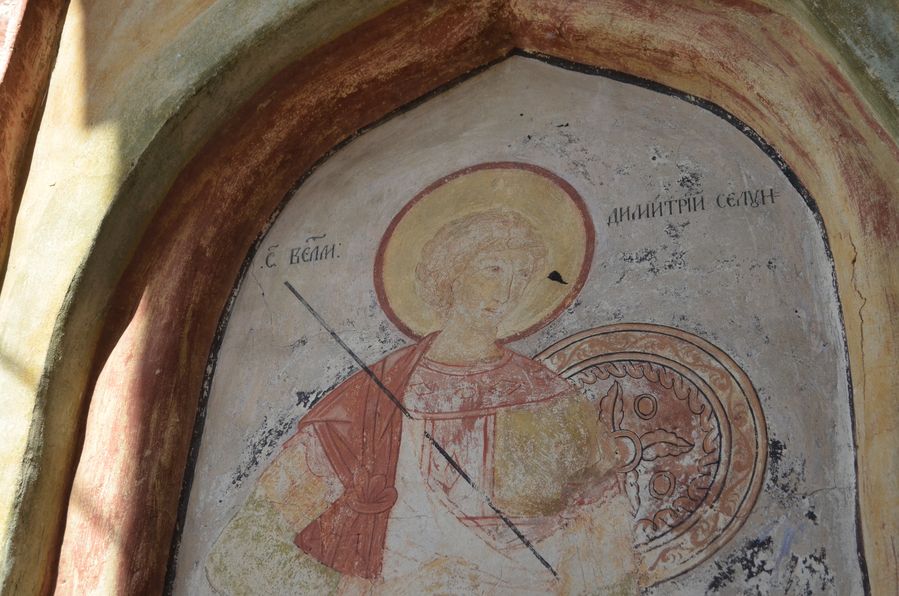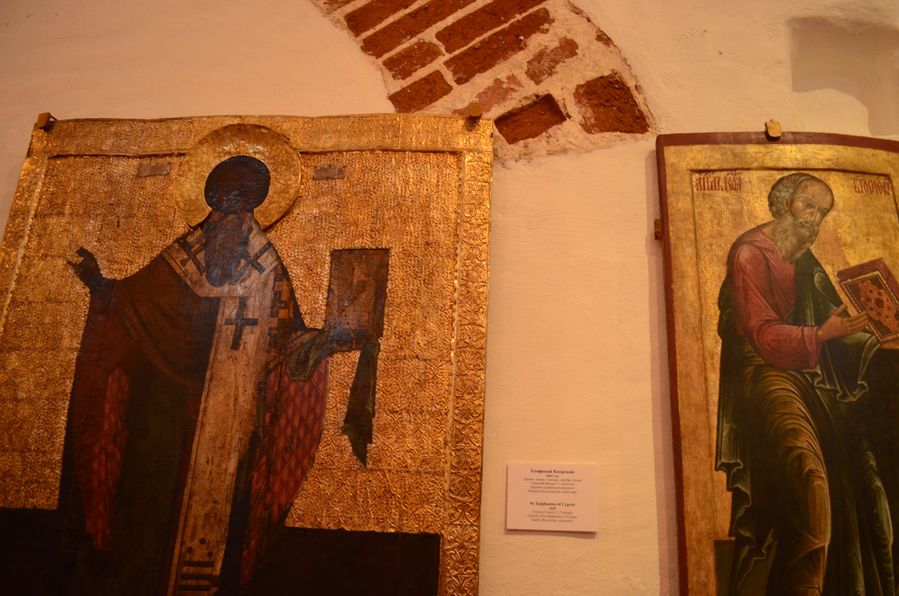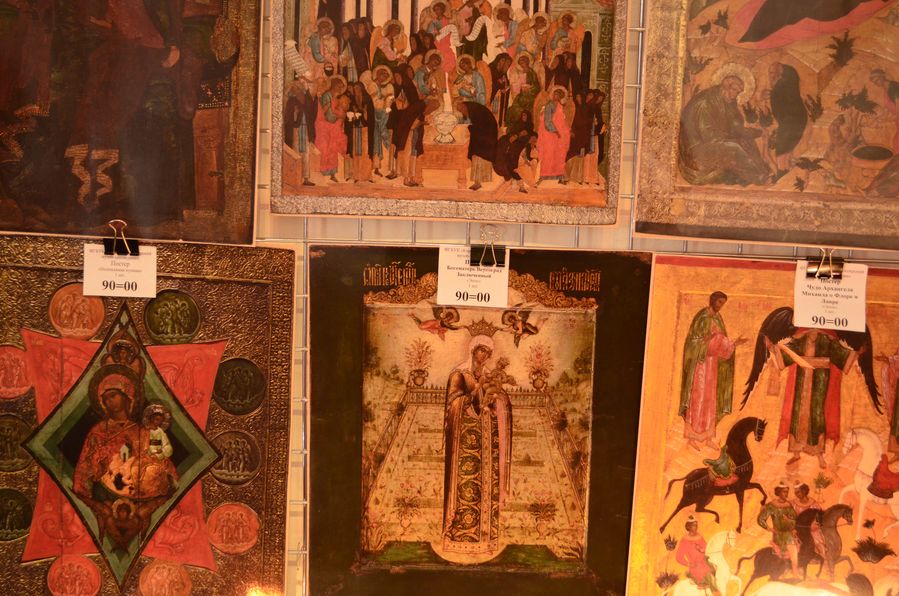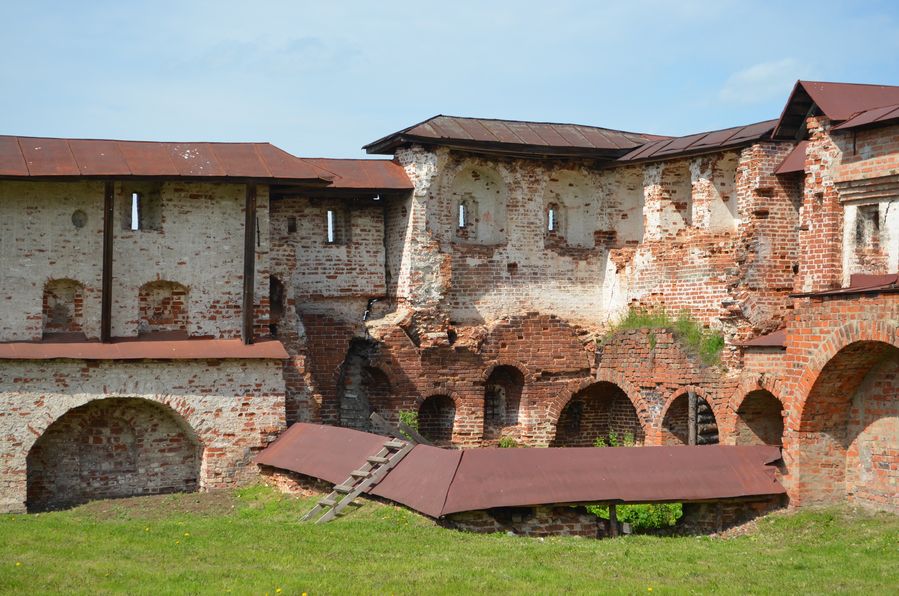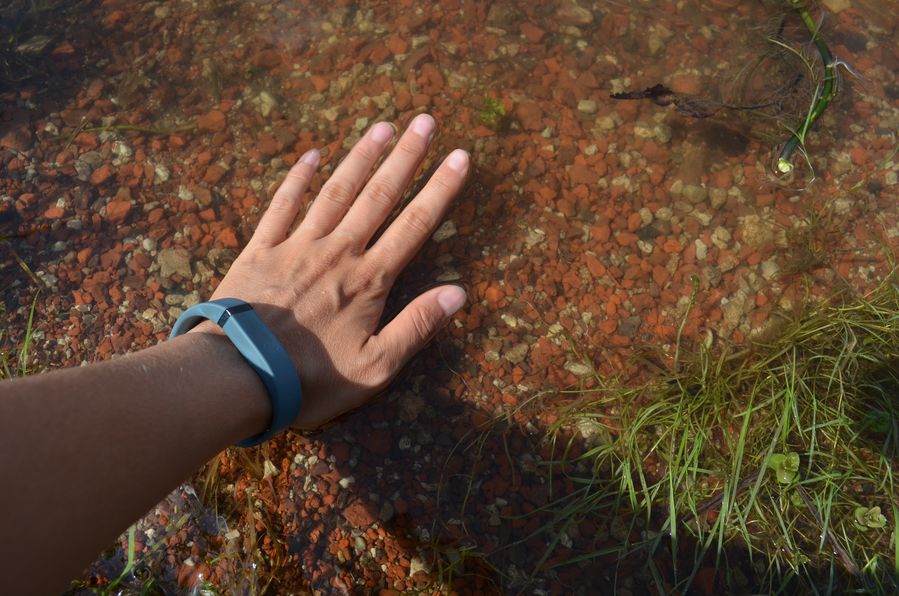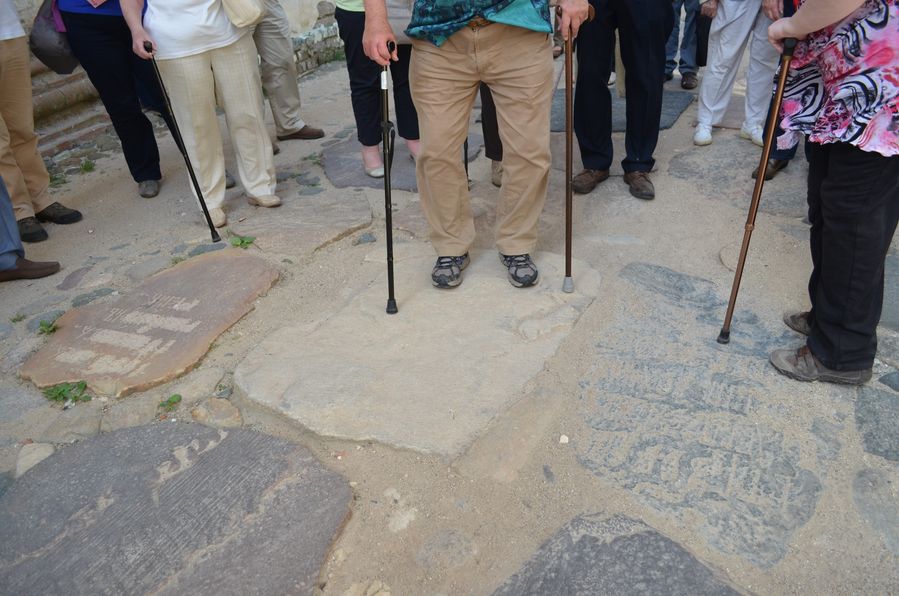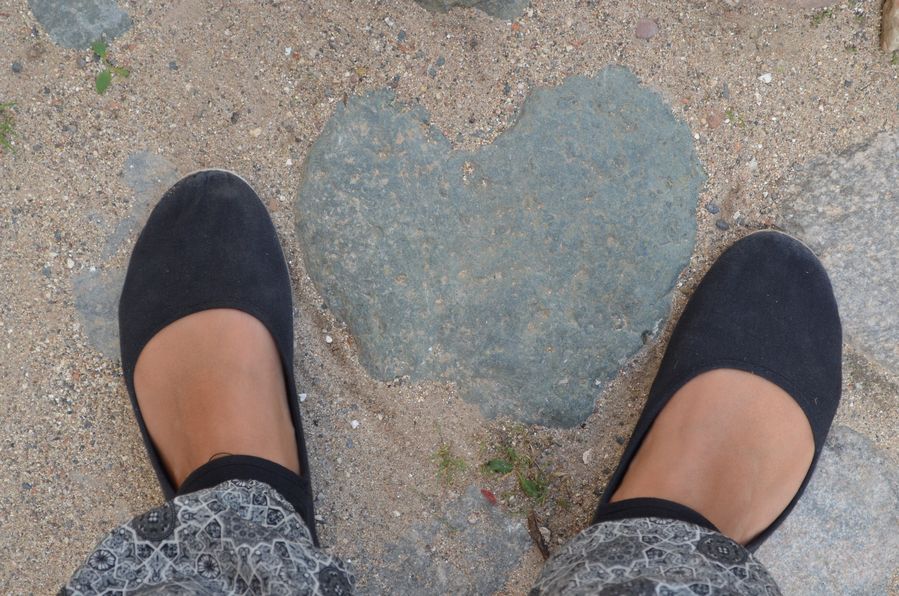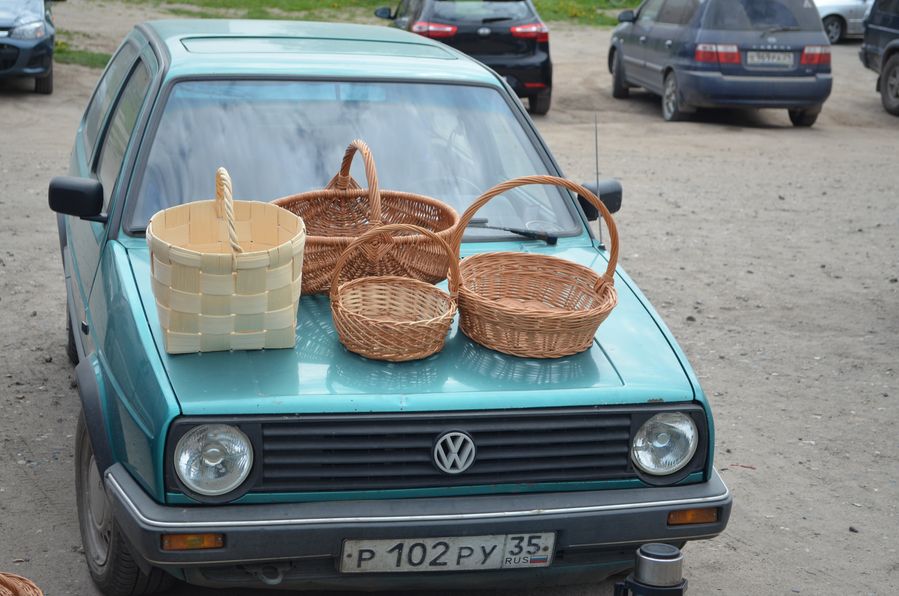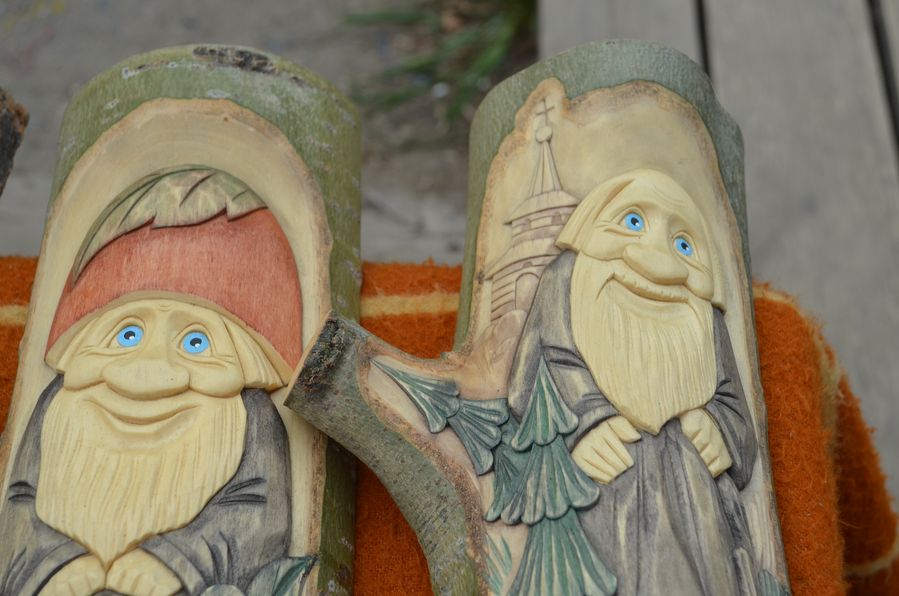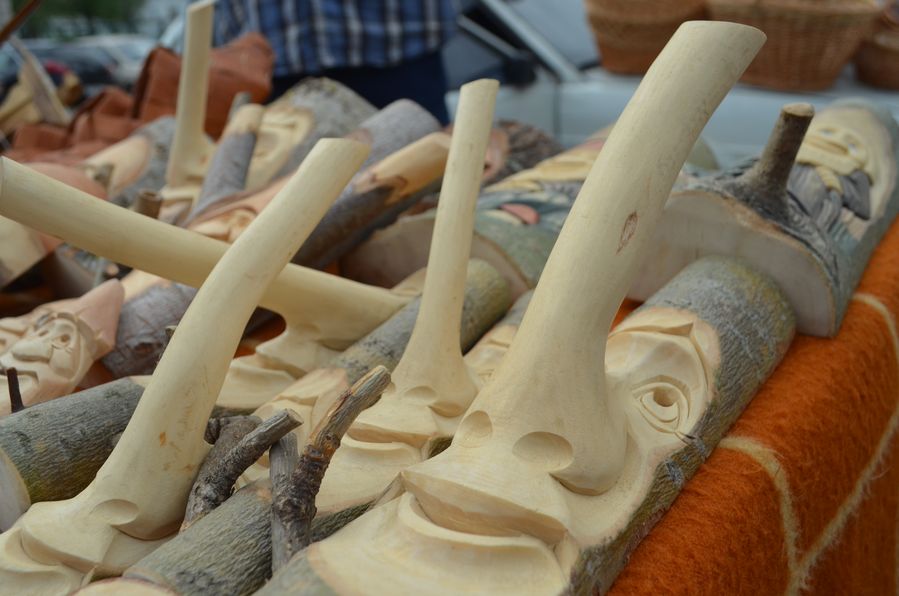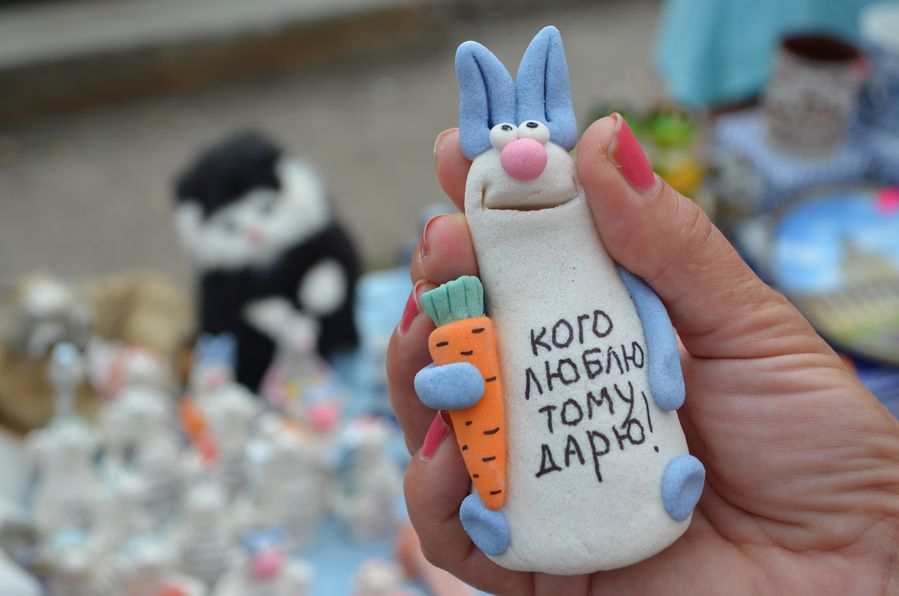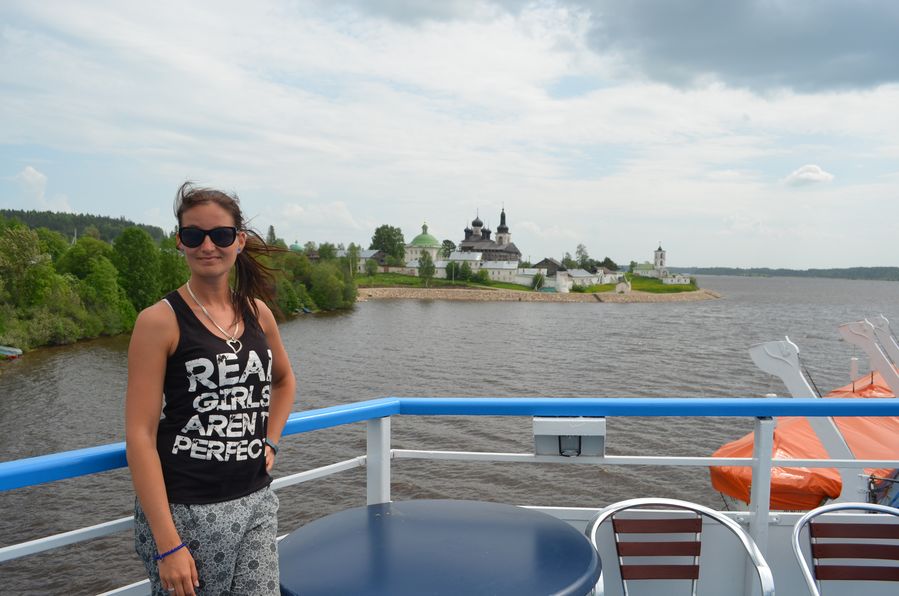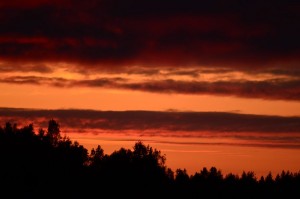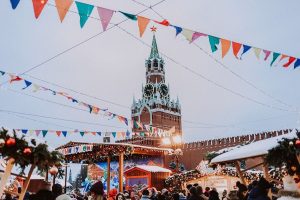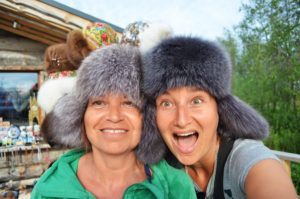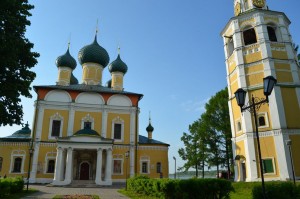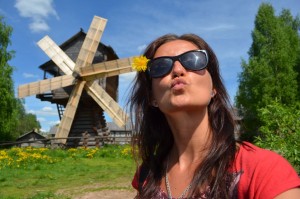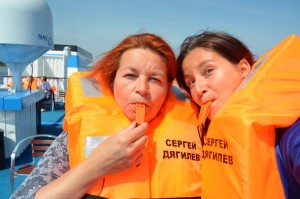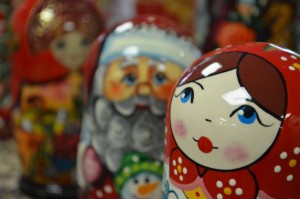St. Cyril-Belozersky monastery Russia
Only 300 people now live in Goritsy town. The convent of 500 nuns was in the village which was closed during the Soviet times and only in 1999 was reopened again after approx. 60 years.
Vologda region
- The first settlers were from Finland and settled down close to rivers. They gave many names to lakes, rivers and hills.
- Goritsy and Kirillov are also known for its souvenir market selling birch souvenirs and interesting laces. The Vologda region won many international exhibitions with its laces.
- The total area of Vologda consists of 26 districts with Vologda being the main town.
- It’s the land of forests, mostly pine trees.
- Locals pick 20 kind of berries and 100 kind of mushrooms here. Cranberries cure health problems with high pressure and high temperature.
- More than 5,000 lakes with the White Lake with is 1,100 square km being the biggest.
- And more than 20,000 rivers.
- Russian people know the Vologda region for its butter which is the tastiest in the country. To produce 1 kg of butter they use 35 kg of milk and it tastes like nuts.
- The Vologda region is also famous for the Father the Frost (the Russian Santa Claus) who is believed to live in the area.
St. Cyril-Belozersky Monastery
- St. Cyril-Belozersky Monastery, founded back in 1397, is one of the most famous Russian monasteries.
- Other names: Monastery of St. Cyril of the White Lake, St. Cyril-Belozersk Monastery, St. Cyril of Beloozero’s Monastery, St. Cyril’s Monastery or Kirillo-Belozerski monastery in Russian.
The monastery was built by the monk Cyril.
It is said that Cyril heard a voice telling him to go to the North from Moscow so he came here 600 km North.
When Cyril came where, he was 60 and the place was deserted so in the beginning he lived in a hut.
First, in 1397 he founded the wooden monastery and then a little settlement around it.
The locals believe that Goritsy is the symbol of light vs. the near-by Maura hill represents darkness. Cyril stood on top of the Maura hill when he saw the whole area where he then built the monastery. Now we can see a footprint of Cyril there and if you put your foot into the footprint, your wishes will come true.
- Cyril lived here for 30 years until he was 90, then he was buried here and was canonized a Saint.
The monastery is located in the town centre. Both wooden and new stone houses are around, mostly just of 2 storeys as the first floor was a shop which owners lived on the second floor.
6 nuns now live inside the monastery. The rest is a museum.
Nowadays, 7,000 people live in Kirillov town.
It used to be the biggest monastery in Northern Russia. You can check out on the map at the entrance how vast it is.
Now the monastery consists of 3 parts. The other part was added here in the 17th century.
It covers the area of 12 hectares.
The main gate was built in the 16th century and painted with frescos which are preserved on the open air.
The legend says that “If you pass through the gate in silence, you will get rid of one sin.” So of course, I walked silently through it smiling how a few seconds could erase all my sins.
- There are 11 stone churches inside the monastery.
- The Assumption Uspensky Cathedral with green domes is located at the main monastery square. It was built in 15th century from May to September by 20 workers only. It was a warm church used only in summer time and never in winter. The Cathedral had a bell tower from the 16th century which was rebuilt in the 18th century.
- In the beginning of the 16th century another church was built next to it with a bakery where nuns made bread so the church was heated on from that oven heat. In winter it could get to around 12 Celsius inside the church but in the nuns’ rooms only 5 Celsius without heating.
- The monastery was the place were Russian noble people prayed so it was a very rich place, especially in the 17th century. Back then, 200 nuns and 700 workers lived here at one time.
- 20,000 peasants lived officially on the monastery land plus their wives and children so maybe altogether around 80,000.
- The monastery had a total income of 500,000 golden rubles in that time. Just for your information, you could buy a cow with a land for 3 rubles only.
- The exhibition shows the icons from different centuries, also the embroidered icons the nuns often made with silver and gold thread. It was a very difficult work and took them a year to make one. The emroidered icons were usually a present for nuns in another monastery or for rich people.
- Only the Assumption Cathedral, not the other ten churches, was painted by frescos while others had embroidered icons and paintings.
- On the paintings we can see that only faces, hands and feet were not covered by the embroidered image but left with holes.
- The monastery holds also the icons from the Transfiguration Church from the 16th century picturing Russian Saints, the life of Jesus and Virgin Mary.
- Each of 11 monastery churches had a main icon showing the name of the church, such as the Transfiguration church.
- There were 2 floors in the treasure chamber where money was kept. Now there’s no ceiling but you can still see the empty door on the second floor.
- In the 17th century there were 26 bells and the heaviest one with low voice weighed 20 tons. The legend says that the bells were a special kind of communication. So the monks used the bell for the communication with the nuns in Goritsy. The nuns from there used a tower bell first to talk to the monks in the monastery saying “come here”. “Yes, we will come” the monks replied in low voice.
- Now there are no bells in the bell tower.
- There’s a famous story about Ivan the Terrible who he came here at the time of the white nights. The monastery was asleep but he was hungry so asked for food. And then he told the duty monk he was the Tzar. But they were afraid of God, and not of the Tzar so they didn’t feed him. It must have touched Ivan as then he donated 24,000 golden rubles to the monastery and before his death he became the monk of this monastery, too. But he still lived in Moscow and not here in the monastery.
- One out of 11 churches was built here because of the money from the parents of Ivan the Terrible as they came here once when they couldn’t have children and then a miracle happened and Ivan was born. Maybe that was the reason why Ivan became a monk here years later.
- The Transfiguration church from the 16th century is now under restoration.
- The walls around the Cyril-Belozersky Monastery were built to defend against the Polish who tried to occupy the monastery for 6 years but didn’t manage to.
- Tombstones show the way to one of the churches which is still active and the Cyril’s tomb is just there. The stones from the tombs of sinners were used to pave the ground so people would walk over them. (I found a heart-shaped tombstone, so sweet!)
- Inside the small church next to the tombstone pavement we could listen to the Orthodox traditional church singing. Very beautiful!
- Through a gate in the monastery walls we walked to the Siverskoye Lake which is one of the lakes with a Finnish name. It means deep because the maximum depth of the lake is about 27 m. The water is cold even in summer – only up to 18 Celsius degrees.
- The main occupation of the locals all year round is fishing as 29 kinds of fish call the Siverskoye lake their home. In winter the ice cover gets from 1 to 3 m thick.
The saying goes that if you swim in the Siverskoye Lake, you will get 10 years younger.
If you keep swimming in this lake for one hour, you will stay young forever.
Nowadays, Kirillov town has 4 hotels, one hospital, one bakery, some schools but no Universities. The Universities are in Vologda town 250 km from here, or in Yaroslavl. No factories in Kirillov as it’s located at the edge of a national park Rusky Sevir = the Russian North so factories are prohibited here. The national park has many different orchids so an orchid made it up to the coat of arms. There’s only three hills in the park.
More tips:
It costs 200 rumbles to take photos inside the museum but no fee outside if you want to photograph the walls. The treasure chamber also holds an exhibition.
- Smoking is prohibited in the monastery land.
I visited St. Cyril-Belozersky Monastery Russia with my mum in May 2015. It was one of the stops of the Russia cruise from Moscow to St. Petersburg. Before you head off to Russia, check out 20 things I learned about Russia while there.
We were guests on the Rachmaninov cruise thanks to Gvidon Tours.
